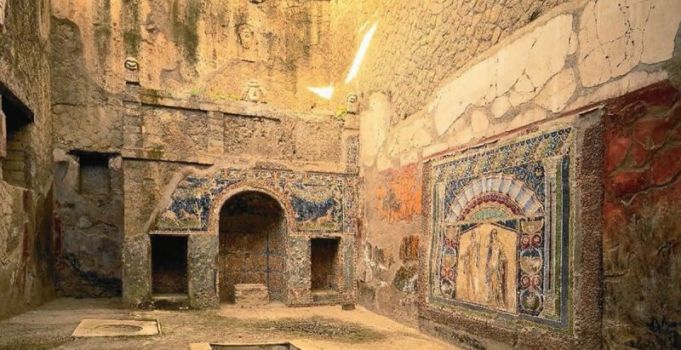Herculaneum, the ancient Roman city buried by the eruption of Mount Vesuvius in 79 AD, is to begin excavating its hidden beach for the first time in 40 years.
Excavation works are to commence shortly at the Antica Spiaggia area, already partially excavated in the 1980s, announced the director of the Herculaneum archaeological park, Francesco Sirano.
During the last dig along the ancient shoreline, from 1980-1982, archaeologists discovered dozens of skeletons, including the famed ‘Ring Lady,’ named for the rings on her fingers.
Eventually they would uncover the remains of almost 300 people who died from the intense heat while waiting for rescue from the sea.
Excavations at Herculaneum – a smaller, more affluent city compared to nearby Pompeii – also uncovered a series of boat houses in which the last inhabitants perished.
The beach is now about four metres below the current sea level, a situation that has always posed problems for drainage and water regulation.
